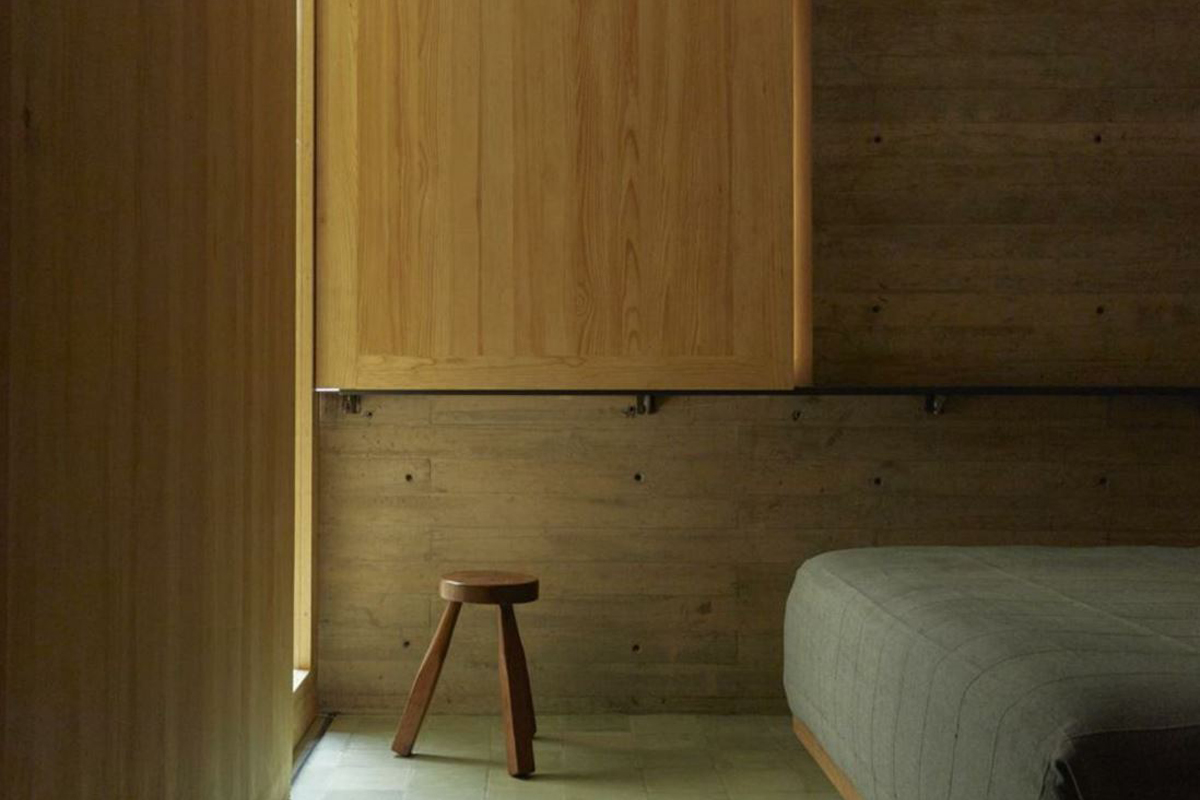Travelling mindfully doesn’t mean giving up on pleasure—quite the opposite. Choosing the right hotel can become one of the most meaningful decisions of a journey, especially for those seeking authenticity, beauty, and respect for the environment.
But what truly makes a hotel sustainable? It’s not just a matter of labels or recycled materials. It’s something you sense the moment you arrive—and something that stays with you long after you leave.
A sustainable hotel is a place that has found a way to engage in dialogue with the landscape. It doesn’t impose itself, but rather settles into its surroundings with grace. It is designed to blend in with the environment, where architecture is not a showpiece, but a relationship. Sometimes it’s a dark timber structure or a local stone building nestled among meadows or overlooking a quiet valley. Other times, it’s a restored farmhouse or a noble residence steeped in history. But always, it offers an experience—of slowness, connection, and presence.
In these places, every choice is intentional. Windows are oriented to maximise natural light. Rooms are furnished with living materials that age with dignity. Colours follow the rhythm of the seasons and the light of day. Even the silence is curated—not emptiness, but fertile space to reconnect with oneself. Music plays a role, chosen not to entertain, but to accompany thoughts—gentle, slow, natural.
They don’t have to be expensive. They have to be honest. They must offer a vision—an idea strong enough to turn a stay into an emotional and cultural imprint. In some of these places, meals are shared at a communal table with strangers who may never cross your path again, yet leave a mark on you. In others, you wake to the sound of water or the wind in the pines, in rooms designed as nests. Still others offer a library, a vegetable garden, a lit stove—and you feel, simply, at home.
A truly sustainable hotel is careful about its suppliers, its supply chain, and its relationship with the local community. It uses renewable energy, avoids waste, and supports local artisans and workers. And it does so quietly—not as a marketing strategy, but out of a deep sense of coherence.
Those who seek this kind of hospitality do so because they want more. They want a different pace, an image to carry with them, a feeling to remember. Not just another photo for social media. They want each journey to leave a trace. And so, it is worth learning how to recognise these places. To support them. To share them.
Because in a world that’s always rushing, those who know how to create places that slow us down are already part of the solution.
Image credits: www.archdaily.com





